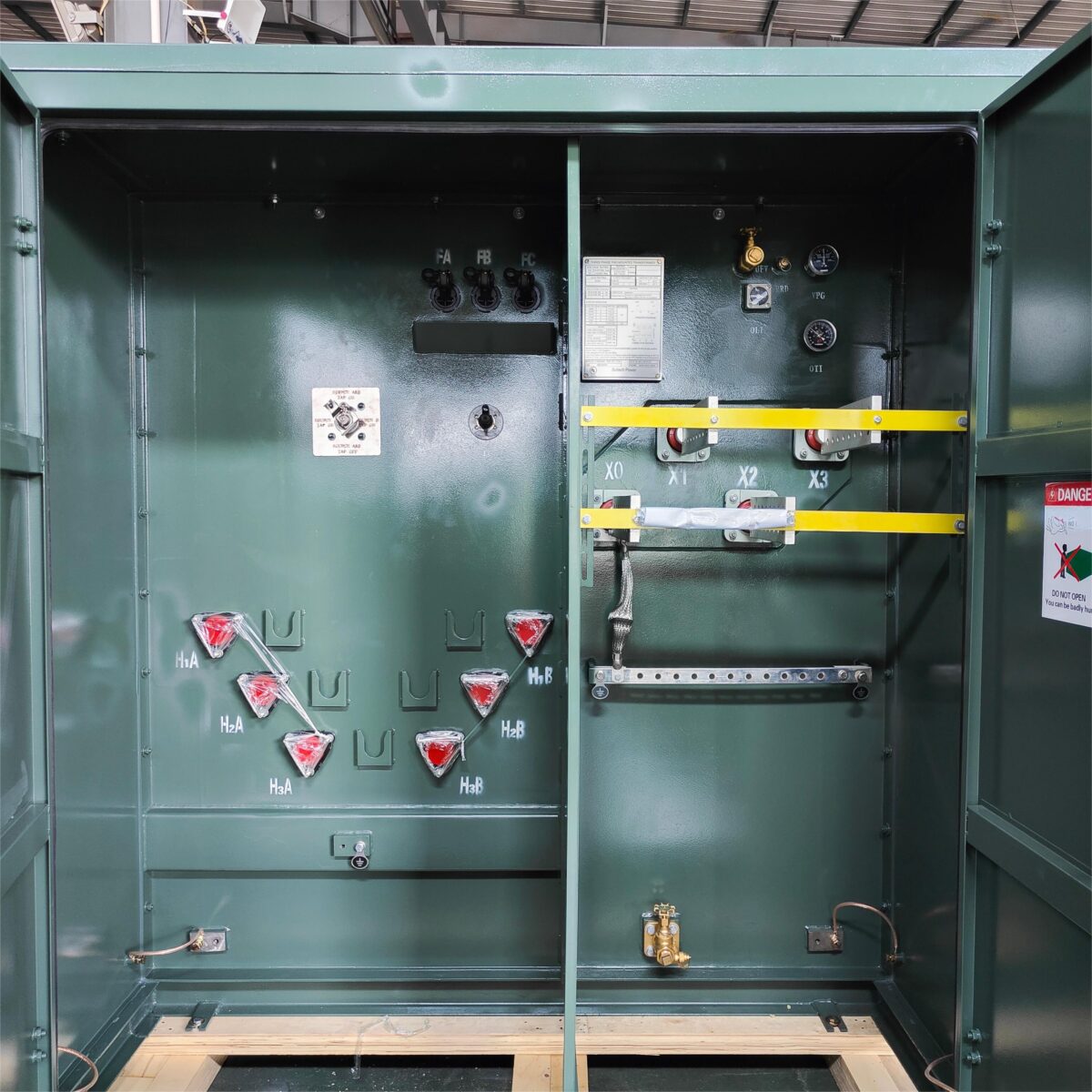How Long Does It Take To Replace A Transformer And The Procedure Involved?
In the modern electrical infrastructure, power transformers, such as the dry-type, single-phase pad, and three-phase pad transformers, play a crucial role in facilitating the efficient distribution of electricity from generation sources to homes, businesses, and industries. But what happens when these crucial components suddenly require replacement? In this article, we’ll delve into the process of replacing the power transformer and how long it takes to replace one.

Replacing A Whole Transformer Or Just A Transformer Part?
When replacing a power transformer, it is essential to consider what is not working and why you need to replace it. From these insights, you can deduce which is more pragmatic, replacing just a malfunctioning transformer component or a whole power transformer. The overall procedure will slightly differ based on which option you are going to select.
Procedure For Replacing A Power Transformer
The replacement of an electrical transformer involves numerous steps. It all begins with a comprehensive assessment and strategic planning to evaluate the existing transformer’s condition and to define the specifications of its replacement. The procurement phase follows, entailing the ordering and coordination of the new transformer’s delivery. Subsequently, site preparation ensures a stable foundation, while coordinated outage planning minimizes disruptions.
The next phase involves safely disconnecting and removing the old transformer, and installing the new one, ensuring its secure positioning and proper connectivity to electrical and cooling systems. Rigorous testing and commissioning guarantee adherence to technical parameters, while seamless integration into the power grid ensures synchronization and configuration of protective systems. Safety measures, comprehensive documentation, and post-installation monitoring conclude this process, assuring the optimal performance of the new transformer for a robust and reliable electrical infrastructure.
Procedure For Replacing Electrical Transformer Parts
The process of replacing specific parts within a power transformer involves a methodical approach. It starts with a comprehensive assessment and diagnosis to pinpoint the malfunctioning or degraded transformer part. This is followed by the identification and procurement of the replacement part, ensuring alignment with stringent specifications. To ensure safety, effective preparation measures are implemented, including de-energizing the transformer and enforcing lockout/tagout protocols.
The next steps encompass the careful disassembly of the transformer to access the faulty part and its subsequent removal. Precision takes utmost priority during the installation of the replacement component, ensuring alignment and secure connection. Thorough inspections and testing are conducted, guaranteeing the seamless integration of the repaired part and the overall functionality of the transformer. In the end, comprehensive documentation captures every stage of this process, from the initial identification to the successful resolution of the issue.
What You Need To Take Into Consideration When Replacing A Transformer
Proper Installation: Installing a transformer is not always simple. In case you need advice, you can always rely on provider and manufacturer guidelines to ensure not only operational efficiency but also mitigate potential safety hazards. Proper alignment, secure connections, and appropriate cooling mechanisms all contribute to the transformer’s performance and longevity.
Transformer Type and Design: Selecting the right transformer type and design is essential. Whether it’s a pad-mounted transformer for outdoor use or a dry-type transformer for indoor installations, the choice should align with the specific requirements. Design considerations encompass factors such as voltage requirements, cooling methods, and spatial constraints.
Factory Warranty: Within the power transformer industry, the customary warranty duration typically spans a year, providing a safety net for scenarios where a transformer might unexpectedly stop functioning. It’s worth mentioning that instances of extended warranties, spanning up to two years, can also be found, like TTES for example.
Shipping Times: Shipping times are crucial when planning a transformer replacement project. In the current power transformer shortage, the average delivery time can range from 1 to 2 years. By ensuring clear communication with suppliers, project managers can preemptively manage expectations and streamline project coordination.
Final Conclusion And About TTES
Replacing a power transformer requires careful planning and the whole project typically spans from 12 to 24 months. There are also instances where the projects take even longer due to the current transformer shortage in the USA. At TTES, you can select from dry-type, one-phase pad, and three-phase pad transformers which are swiftly shipped to you at unrivaled delivery times averaging just 20 weeks across the whole USA. The delivery time depends mainly on the number of ordered transformers. We also provide you with detailed installation manuals and drawings for a seamless installation process. Get in touch with us and request a free quote! We will give you advice and seamlessly help you replace a power transformer.

